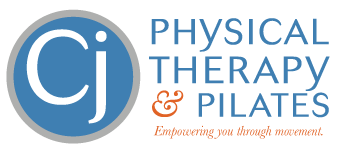Enjoy Flip-Flop Season: Strategies to Prevent and Treat Foot Pain
Flip-flop season is officially here – but unfortunately – that also means we are about to see an influx of foot pain – otherwise known as “plantar fasciitis”.
Here’s a question someone asked me just the other day… “I’ve been wearing my flip-flops for the past week and notice that the pain in my arch and heel has acted up. Is there anything I can do? Or do I need to just not wear flip-flops anymore?”
While wearing more supportive shoes would certainly help, staying on top of your plantar fasciitis and/or preventing it altogether means flip-flops don’t have to be an issue, and you can continue enjoying them all season long.
First – What is Plantar Fasciitis?
Quite simply, it’s inflammation of your plantar fascia—the tissue that makes up the arch (bottom) of your foot. Your plantar fascia runs from the base of your heel, down the length of your foot, and into your toes. It’s responsible for both the mobility and stability of your foot, enabling you to propel yourself during walking and running. When you land on your foot, your arch falls or flattens—this is called pronation. In response, your foot then stiffens or supinates, providing the power to push off. If any part of this mechanism is not functioning properly, your plantar fascia can become stressed and overworked, leading to what we call “plantar fasciitis”.
How Do Flip-Flops Contribute?
Footwear can either “protect” your arch or cause it to overwork. Technically, if your foot mechanics are sound and the arch of your foot is strong and mobile, footwear should have a negligible impact on your plantar fascia. However, due to prolonged sitting and limited barefoot walking, the bottoms of our feet are not as conditioned as they should be. This is the real problem—not so much what you put on your feet. If you’re used to wearing supportive and cushioned shoes and then suddenly switch to flatter, less supportive flip-flops, it can shock your foot. And if you’re already prone to plantar fasciitis, it will flare up easily and quickly.
What Can You Do?
The best way to prevent and treat plantar fasciitis is to not neglect your feet. Consistent mobility exercises for your toes and ankles are key, as is conditioning for the strength and stability of your arch. Balance exercises, toe exercises, and plyometric (jumping) exercises are all important. Additionally, make it a point to walk around without shoes as often as possible. Incorporating pelvic floor and core training exercises is also beneficial because the function of your deep core has an impact on your foot mechanics.
When Your Pain is Too Severe
If your plantar fasciitis is too painful, jumping into exercises may not help and could even aggravate it more. One effective treatment modality for particularly painful cases is something called Shockwave Therapy (Extracorporeal Pulse Activation Technology or EPAT). During a shockwave treatment, high-pressure sound waves are delivered directly to the affected tissue, bringing blood flow and accelerated healing to the injured and inflamed area (in this case, your plantar fascia and surrounding muscles). The treatment is non-invasive and penetrates deeply. Pain reduction can be seen in as little as one shockwave session, but research shows it to be most effective after a minimum of six. Shockwave therapy can significantly reduce pain and swelling from plantar fasciitis in the short term, allowing you to tolerate the exercises required to keep your plantar fasciitis at bay in the long term.
When addressed correctly, plantar fasciitis doesn’t have to be chronic, and it doesn’t have to dictate your footwear selection. If you’ve tried various treatments already for your plantar fasciitis without success, consider working with an expert who can accurately identify where your plantar fasciitis is coming from. They can also help you decide if incorporating something like shockwave therapy – in addition to the necessary exercises – is what’s needed to finally resolve your plantar fasciitis and get back to enjoying your flip-flops again.
Dr. Carrie Jose, Physical Therapy Specialist and Mechanical Pain expert, owns CJ Physical Therapy & Pilates in Portsmouth and writes for Seacoast Media Group. To get in touch – or inquire further about Shockwave Therapy – CLICK HERE.



